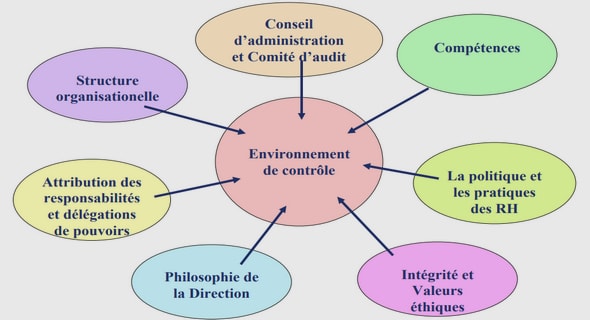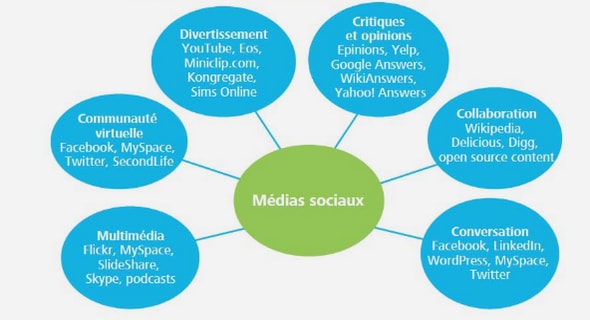Get Complete Project Material File(s) Now! »
THEORETICAL FRAMEWORK
It is important in research to understand why one selects their particular theory and method. In doing so, we recognise the lens that shapes the interpretations and conclusions placed upon the data. This section outlines some key principles and practices of the frameworks selected for this research. A qualitative approach seemed necessary to answer the questions in the desired depth and breadth. As a form of qualitative enquiry, Kaupapa Māori Theory (KMT) was considered the primary theory and method for conducting the research due to the topic and the core principles of the researcher. In addition, a second theoretical framework derived from the field of psychology was believed to be important as a complement to KMT in order to integrate the two worlds (indigenous and Western psychologies) in which this research would be conducted.
Emergence of KMT
While similarities exist between KMT and critical theory they are not the same. Pihama (2001) argued that KMT is derived from this land, Aotearoa and it’s unique social political and cultural history while Critical Theory is derived from European history. KMT is unique in that it is derived from Tikanga Māori, ways of knowing and behaving present before all forms of Western contact. In this sense, Kaupapa Māori is described by Graham Smith (1992, p.1) as “the philosophy and practice of being and acting Māori.” Kaupapa Māori recognises Māori have always been researchers as evidenced by our long standing astronomical, navigational, botanical, medicinal and educational knowledge systems. While KMT was present before encountering European knowledge systems, it has also become a means towards resisting the dominance of these systems. In this sense KMT is also a theory of struggle.
KMT and research
A number of researchers have been instrumental in articulating KMT. Linda Tuhiwai and Graham Hinangaroa Smith (Smith, 2003) have laid the foundations for KMT in the academic arena. Leonie Pihama (2001, p.96) has also been instrumental in developing Kaupapa Māori approaches to research which she describes as “a process of engaging the academic community in a way that will create cultural and theoretic space for Māori within the university.” KMT is used in diverse settings such as education (Pihama, 1993), medicine (Jones, 2000) and psychology (Ihimaera, 2004). There are also a number of websites dedicated to Kaupapa Māori researchers, research and theory (e.g. www.kaupapaMāori.com). KMT has also been utilised within psychological research. Lyndon’s 1983 study was conducted within her own community with the aim of representing Māori beliefs and practices from within the cultural context.
KMT principles
Due to the evolving and diverse nature in which KMT has been used in research, a clear definition is difficult to ascertain. As a primary principle, Kaupapa Māori Research aims to deconstruct traditional power displacements maintained by Western research methods. KMT turns the research lens back on traditional Western paradigms and replaces what has long been accepted as the “status quo” with the assumption that Western knowledge is also culturally or socially constructed. Graham Smith (1997) argued that KMT provides “counter hegemonic practice and understandings” in the process and practice of research. For example, KMT asks questions such as: when was the research written? What was happening at the time historically, politically and socially? And what do we know about the author?
The experience cycle
PCT is not only interested in the constructs people hold, but also the process of construction. The experience cycle describes a validation process undertaken when an individual encounters an event (items, people, experiences). The individual first anticipates the event with the use of their personal constructs which can limit or enhance the range of anticipations one has for an event. Norton (2006, p.22) stated “we can only learn what our construct system allows us to see in events.” The individual then makes an investment in the outcome before they encounter the event. The stage of encounter is also influenced by the constructs held by others in their environment. Group reactions can serve to either validate or invalidate one’s anticipatory constructions of an event. The individual consequentially experiences either confirmation or disconfirmation of their predictions.
PCT: philosophical position
While PCT is based upon a unique philosophical position (Kelly, 1991), connections can be found in other philosophical orientations. Kelly developed the term ‘constructive alternativism’ to define the underlying philosophy of PCT. In this sense, PCT draws strong parallels to constructivism. Both are invested in a meaning making process and acknowledge there are always alternative constructions available for a given event, object or experience. It is via these alternatives that individuals are recognised to posess the agency for reconstruction.
TABLE OF CONTENTS :
- ABSTRACT
- ACKNOWLEDGEMENTS
- LIST OF TABLES
- LIST OF FIGURES
- LIST OF APPENDICES
- GLOSSARY OF TERMS
- THESIS OVERVIEW
- 1 WESTERN CONSTRUCTIONS OF SCHIZOPHRENIA
- 1.1 A BRIEF HISTORY OF MADNESS
- 1.1.1 Spirits and shamans of prehistoric times
- 1.1.2 The age of reason: knowledge versus beliefs
- 1.1.3 The Church and State: Sinners and saints
- 1.1.4 The great confinement
- 1.1.5 The birth of psychiatry
- 1.2 SCHIZOPHRENIA: A HISTORICAL PERSPECTIVE
- 1.2.1 Schizophrenia according to Kraeplin and Bleuler
- 1.2.2 Schizophrenia today
- 1.2.3 Scientific constructs: reliability and validity
- 1.3 AETIOLOGICAL THEORIES
- 1.3.1 Biological and genetic explanations
- 1.3.2 Psychosocial constructions
- 1.3.3 Psychodynamic theories
- 1.3.4 Family Pathogenesis Models
- 1.3.5 Bio-psycho-social constructions
- 1.3.6 Spiritual constructions
- 1.3.7 The Experiencer’s perspective
- 1.4 SCHIZOPHRENIA: NEW ZEALAND MAINSTREAM TREATMENT
- 1.4.1 Alternatives to hospitalisation
- 1.5 SUMMARY
- 1.5.1 The current research
- 1.1 A BRIEF HISTORY OF MADNESS
- 2 CULTURE AND PSYCHIATRY: THE INTERSECTIONS, THE SIGNPOSTS AND THE DIRECTIONS
- 2.1 DEFINITIONS OF CULTURE AND INDIGENEITY
- 2.2 CROSS-CULTURAL PSYCHOLOGY, TRANSCULTURAL PSYCHOLOGY AND INDIGENOUS PSYCHOLOGY
- 2.3 COLONISATION: THE COLLISION OF CULTURE AND PSYCHIATRY
- 2.3.1 Historical trauma
- 2.4 CROSS CULTURAL PSYCHIATRY: INVESTIGATING SCHIZOPHRENIA ACROSS CULTURES
- 2.4.1 Higher rates of schizophrenia for ethnic minority populations
- 2.5 TRANSCULTURAL PSYCHOLOGY: RECOGNISING CONTEXT
- 2.5.1 The DSM-IV as a cultural construct
- 2.5.2 Recognising socio-cultural context
- 2.5.3 Recognising cultural explanatory models
- 2.5.4 Culture bound syndromes
- 2.5.5 Transculutral counselling and treatment
- 2.6 INDIGENOUS PSYCHOLOGIES
- 3 MĀORI CONSTRUCTIONS OF ILLNESS AND WELLNESS
- 3.1 RESEARCHING MĀORI SPIRITUALITY
- 3.1.1 Continuity between the physical and spiritual realms
- 3.1.2 Māori society
- 3.1.3 Māori constructions of wellness
- 3.1.4 Māori constructions of illness
- 3.1.5 Resilience of Māori constructions and healing practices
- 3.1.6 Tohunga: Māori healing
- 3.1.7 Matakite
- 3.1 RESEARCHING MĀORI SPIRITUALITY
- 4 THEORETICAL FRAMEWORK
- 4.1 QUALITATIVE METHODOLOGY
- 4.2 KAUPAPA MĀORI THEORY
- 4.2.1 Emergence of KMT
- 4.2.2 KMT and research
- 4.2.3 KMT principles
- 4.3 FINDING A PSYCHOLOGICAL THEORY
- 4.4 PERSONAL CONSTRUCT THEORY
- 4.4.1 Emergence in the field of psychology: knower and known cannot be separated
- 4.4.2 The experience cycle
- 4.4.3 PCT: philosophical position
- 4.4.4 PCT Corollaries
- 4.5 SUMMARY: KMT AND PCT UNDER A QUALITATIVE PARADIGM
- 5 METHODOLOGY
- 6 RESULTS
- 7 DISCUSSION
GET THE COMPLETE PROJECT
Māori ways of understanding extra-ordinary experiences and schizophrenia


